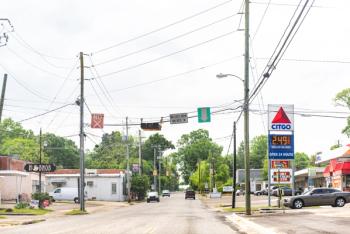
White Women in Poorer Neighborhoods Have Higher Breast Cancer Mortality
The same is not true for Black women, who are 40% more likely to die from breast cancer than white women, suggesting other factors are to blame.
White women with breast cancer in deprived neighborhoods have a 47% increased risk of breast cancer mortality in compared with Black women living in the same areas, the results of a study recently published in JAMA Network Open
A team of researchers led by Lauren E. Barber, Ph.D., a postdoctoral fellow in the epidemiology department at Emory University Rollins School of Public Health, used the Georgia Cancer Registry to identify 36,795 patients with breast cancer living in Georgia diagnosed between 2010 to 2017. Of those patients, 11,044 (30.0%) were Black women and 25,751 (70.0%) were White women. Just over half had private health insurance. The average age of diagnosis in both groups was 60.3 years old. By the end of the study, 1,214 Black women had died, and 1,728 White women died.
A neighborhood was deemed as deprived using eight characteristics including the percentage of: individuals living under the federal poverty line, households receiving public assistance and female-headed households with children under the age of 18. These neighborhoods typically have litter, noise and air pollution, dilapidated buildings and a lack of green spaces.
Deprived neighborhoods may impact health because it increases exposure to chronic stress which leads to inflammation in the body, potentially contributing to a lowered immune system. These are thought to be critical pathways to breast cancer progress.
Breast cancer is currently the second leading cause of death in women in the United States. Historically, Black women are 40% more likely to die from breast cancer than White women. The contradictory findings of this study may be linked to other factors in Black communities such as an the food environment, crime rates and access to healthcare facilities, all of which were not included in this study.
“Neighborhood racial composition, residential mobility, and rurality did not explain the lack of association among non-Hispanic Black women, suggesting that factors beyond those explored here may contribute to breast cancer mortality in this racial group,” Barber writes. “Literature examining the association between neighborhood deprivation and breast cancer mortality according to race is sparse, but growing.”
Newsletter
Get the latest industry news, event updates, and more from Managed healthcare Executive.

















































